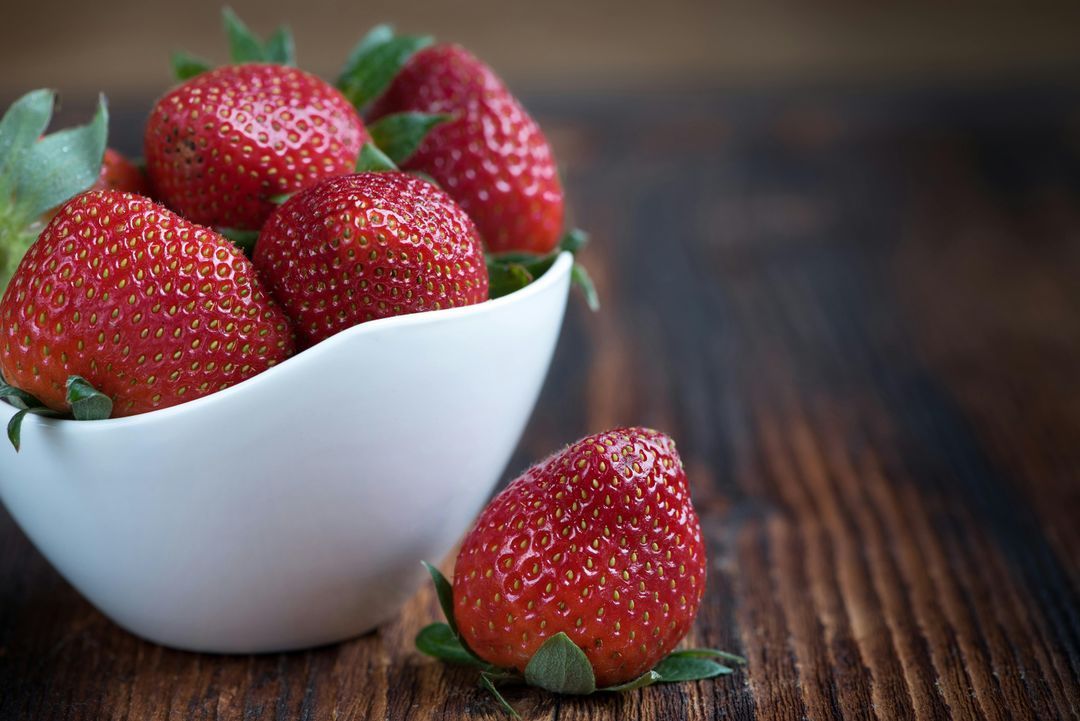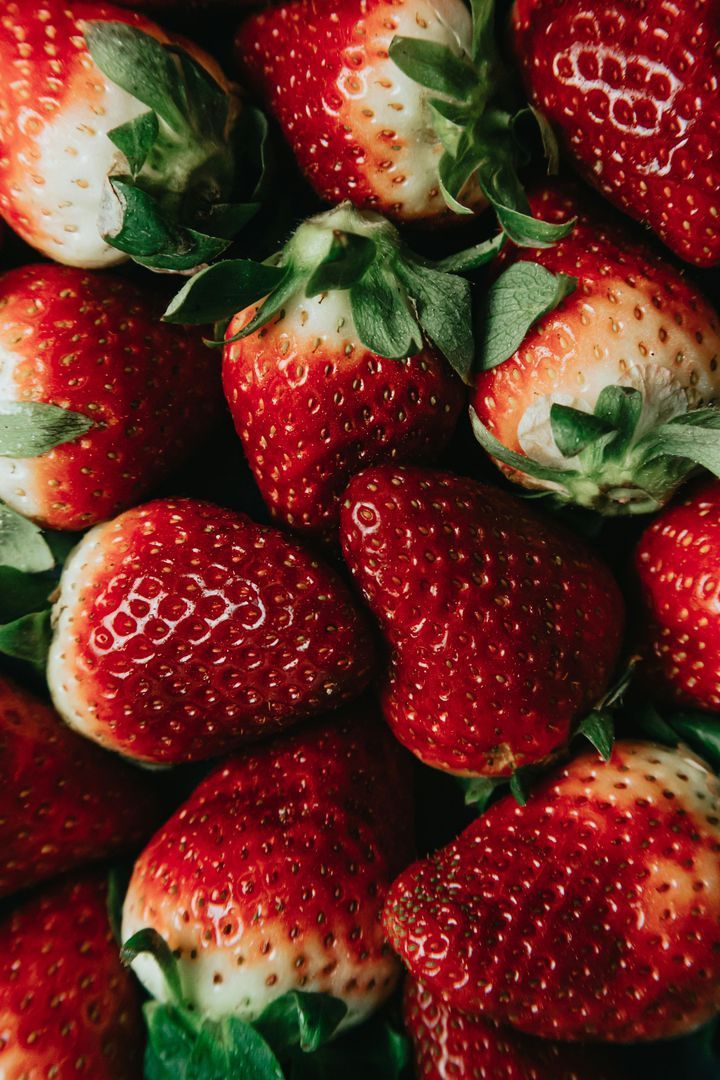How to Preserve Strawberries: The Ultimate Guide to Keeping Them Fresh, Healthy, and Flavorful

Delicate, juicy, vibrant in color and aroma: strawberries are among the most beloved fruits of spring and early summer. Whether eaten raw, in a fruit salad, in a tart, or blended into ice cream, their sweetness is a hit with everyone. But theres a dark side that every strawberry lover knows: after a day or two in the refrigerator, they begin to rot, mold, or lose their firmness .
If youve ever bought a punnet at the supermarket and found it half-ruined after 48 hours, youre not alone. Strawberries are extremely perishable . However, with a few precautions, you can preserve them for up to a week, maintaining their flavor and aroma intact.
🍓 Why do strawberries go bad so quickly?
Strawberries are fruits without any real natural protection. Their surface, lacking a thick skin, is exposed to fungal spores and bacteria present in the environment, especially during harvesting, transportation, and shelf life. Other factors also affect this:
- High internal humidity : They are made up of about 90% water. A small wound can become a gateway for mold and bacteria.
- Sensitivity to excessive cold or stagnant humidity : conditions that often occur in the refrigerator, especially if they are stored in hermetically sealed containers.
- Production of ethylene by other nearby fruits (such as apples or bananas), which accelerates ripening and degradation.
🔍 What to do immediately after purchasing

1. Inspect the tray carefully
As soon as you get home, open the package. Remove any strawberries with mold, soft parts, or spots . A single moldy strawberry can ruin all the others in no time.
2. Dont wash them right away
Excess water is the number one enemy of preservation. Washing strawberries too early encourages mold, even if stored properly. Let them breathe, keep them dry , and wash them only before eating.
(Unless you want to use the “vinegar bath,” described below.)
🧊 3 proven methods to keep them fresh longer
🥇 Method 1: Paper towels and a ventilated container
The simplest and most effective for everyday use.
What you need :
- A large, low, non-airtight container
- Kitchen paper towels
- Film with small holes or half-open lid
Procedure :
- Line the bottom of the container with paper towels.
- Arrange the strawberries in a single layer , well spaced apart.
- Cover loosely (do not seal) and store in the crisper drawer of the refrigerator , between 5 and 7°C.
💡 Shelf life : if the strawberries were fresh when purchased, they will keep for up to 5-6 days .
🥈 Method 2: Vinegar bath (against mold and bacteria)
A particularly useful solution if you know you wont be eating strawberries in the next few days.
Why it works : Vinegar (acetic acid) acts as a natural antimicrobial, killing many of the spores on the surface of strawberries, preventing mold.
You will need :
- 1 part white vinegar
- 3 parts cold water
Procedure :
- Soak the strawberries in the solution for about 3-5 minutes .
- Drain them and dry them thoroughly , one by one, with a clean cloth.
- Store using the paper towel method, keeping them well dried.
⚠️ If they remain moist, the effect will be counterproductive.
💡 Shelf life : up to 7 days , sometimes even 8, with very fresh strawberries.
📝 Note : The vinegar smell disappears completely once dry.
🥉 Method 3: Freezing (for future use)
Perfect if you bought too many strawberries or want to use them in smoothies, desserts or jams.
How to do :
- Wash, dry and remove the stalk .
- Arrange them on a baking tray, without overlapping them , and put them in the freezer for a few hours.
- Once frozen, transfer them to food bags.
📦 They can be kept for up to 6 months , but will lose some of their consistency: it is better to use them for cooked or blended preparations.
🚫 Common mistakes to avoid

Leave the strawberries in their original supermarket packaging.
→ often too closed, retains humidity.
Overlap them in thick layers
→ the strawberries further down will squash and spoil more quickly.
Store them next to fruits that release ethylene
→ accelerates decomposition.
Seal them hermetically in plastic containers
→ Stagnant air promotes mold and fermentation.
🛒 How to choose the freshest strawberries at the supermarket
A good result starts with the purchase . Heres what to look for:
- Color : bright red, uniform, without pale or green areas.
- Smell : sweet, intense and fragrant (absence of odor = harvested too early).
- Consistency : firm but not hard, without dark spots or soft parts.
- Petiole : bright green, well attached to the fruit.
👉 If you have access to organic or local strawberries, they are often less processed and tastier, but they need to be consumed even more quickly.
🌿 A sustainable thought: why good conservation is important
Throwing away a punnet of moldy strawberries after two days isnt just an economic sin. Its also a waste of resources , agricultural labor, and energy. Every food thrown away has an unnecessary environmental impact : water, fertilizer, fuel, and transportation.
Preserving them better also means consuming with respect and awareness.
✅ In summary: the 5 golden rules
- Check and discard damaged strawberries immediately.
- Dont wash them until you use them (except soaking them in vinegar).
- Store them dry, in a large, ventilated container.
- Avoid proximity to fruits that emit ethylene.
- Freeze them if you know you wont be using them in the next few days.
📌 Conclusion
With a few simple steps and a little care, you can transform the fragility of strawberries into a lasting sweet treat. Storing them properly means enjoying them better , reducing waste, and truly showcasing one of the seasons most iconic fruits.
Dont let the next tub rot: treat it with care, and it will repay you in flavor.

gourmet
Data di inserimento 08 mag 2025
Report article


Comments
There are no comments yet.